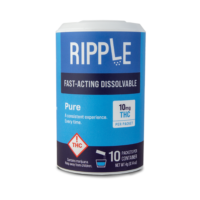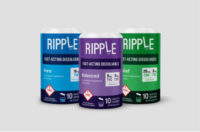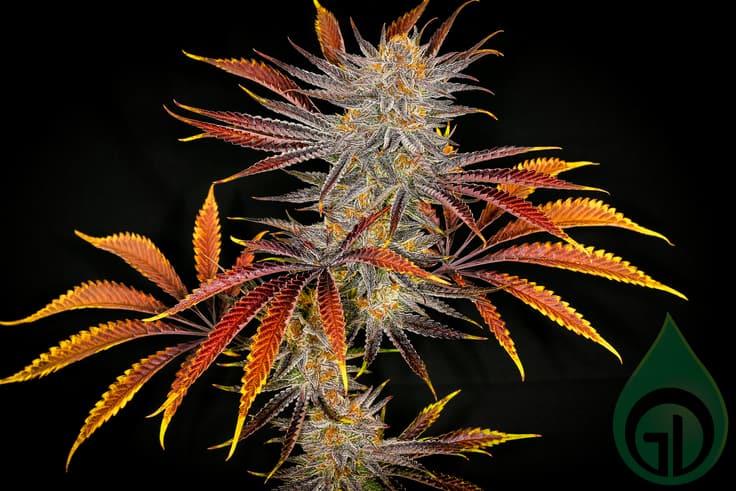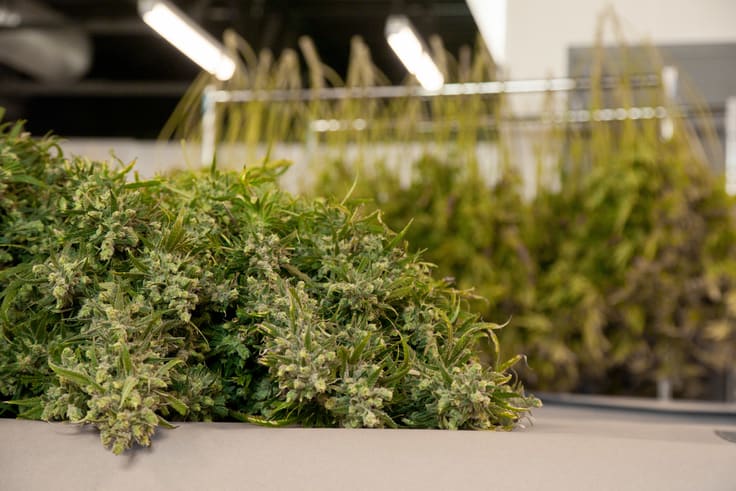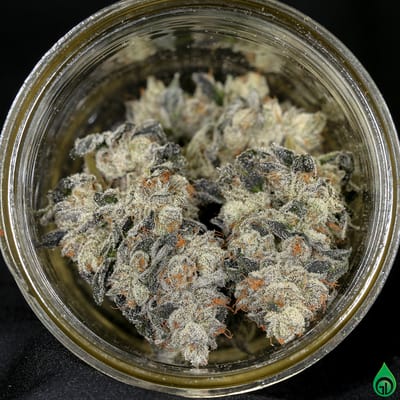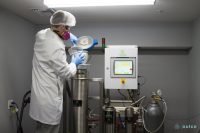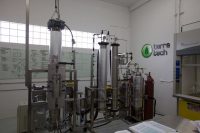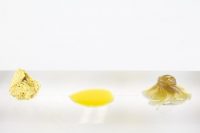As the COVID-19 pandemic rages on, cannabis businesses—many of which were deemed “essential” during coronavirus-related shutdowns—have become accustomed to implementing policies and procedures to keep their employees and customers safe, from mask-wearing and sanitation protocols to how they handle COVID testing at their facilities. Now, as the first vaccines are released across the country, primarily to frontline and health care workers to start, Bianchi & Brandt partner Laura Bianchi says cannabis businesses should develop internal policies regarding vaccination.
“It really is an evolving topic, as it has been all year long,” Bianchi tells Cannabis Business Times and Cannabis Dispensary. “It changes week to week, but I do think that cannabis companies are prepared [to handle the vaccine] because they had to deal with [the pandemic] in such a front-facing manner throughout the entirety of 2020. I think for a lot of businesses, they could say, ‘Everybody work remotely,’ and they haven’t had to come up with the thoughtful policies and procedures to keep everybody safe. Cannabis companies for the most part have, so I think that puts them ahead of the curve in going, ‘OK, now let’s figure out this next phase. How do we adopt and implement things that will make sense for our patients and our staff?’”
Businesses should be prepared to move quickly once the COVID-19 vaccine is available to the general public, Bianchi says, and when developing their policies regarding vaccination, business owners should consider that in many markets, cannabis companies operate medically. Dispensaries must be prepared to deal with ill patients who may be in higher-risk populations, and Bianchi says many of her cannabis clients are considering requiring their employees to be vaccinated for this reason.
“We always advise [that] there has to be exceptions for people who have some sort of medical issue or seriously held medical beliefs,” she says. “But this is a health care facility, so we can’t place other people and patients at risk. If we can require people to take the vaccination, it’s a benefit not only to the business owners and to all of their employees, but [also] to the patients who come in.”
Many states are “at will” employment states, Bianchi says, which means that employers have the right to establish company and workplace policies, requirements and conditions—such as those relating to mandatory vaccination—as long as they don’t violate any constitutionally protected class or right.
In addition, this past December, the Equal Employment Opportunity Commission (EEOC) determined that an employer’s act of requiring employee vaccinations alone would not violate the Americans with Disabilities Act (ADA), Bianchi says, which could further strengthen an employer’s position on required vaccinations.
Although it appears, then, that employers can legally require employees to receive the COVID-19 vaccine, Bianchi says the issue is likely going to be the subject of debate and litigation going forward.
“Employers really do need to weigh the risks and benefits of requiring vaccinations to ensure the health, safety and welfare of their employees, clients and business as a whole, versus any potential liability related to implementing such a requirement,” she says.
Many of Bianchi’s clients have asked how to approach mandatory vaccination from an operational standpoint, and she has advised them to be as detailed as possible in their policies and procedures. First and foremost, she says employers should issue a uniform vaccination policy in writing, and this policy must be carefully constructed.
For example, in many facilities, such as dispensaries and cultivation and manufacturing operations, employees cannot work remotely to slow the spread of the coronavirus, and they work in close proximity to one another. In these situations, Bianchi says it might make sense for employers to require mandatory vaccination.
“A lot of our clients also have corporate offices, and for corporate offices, there’s a little bit more flexibility in saying, ‘If we don’t want to implement a must-have vaccination policy, can some of these individuals work remotely?’” she says. “Even that can be a slippery slope because you want to make these rules and requirements cohesive across the board, but there is some flexibility where maybe you’re in a location where you don’t always have to be on-site to do work.”
In most cases, Bianchi advises companies to evenly apply vaccination policies across the board, and business owners should meet with their attorneys to go over exceptions to mandatory vaccine policies, including requirements for employees looking to prove that they are in a situation where they would be exempt from such a policy.
If an employee refuses to follow a mandatory vaccination policy for reasons outside of the allocated exemptions, Bianchi says an employer could legally take disciplinary action, including termination.
“Again, most states are ‘at will’ employment states, so if an employer implements a COVID-19 employee vaccination policy … and an employee simply refuses, that employee may be subject to discipline, up to and including termination,” she says. “This is also something employers may opt to contractually require through an employment agreement. In that case, an employee’s refusal would be deemed a breach of contract and in the same manner, be subject to discipline, up to and including termination.”
Employers should also consider whether they will pay for mandatory vaccines if they are not covered by health insurance, as well as the timeframe for employees to be vaccinated.
“A lot of our employers are saying, ‘We’ll do this as a group—either we’ll take our employees to a certain location, or we’ll have them come to us,’” Bianchi says. “[Many businesses] did this with COVID testing, as well, [to make] it easier for employees, so they’re not searching for a location, they’re not paying fees—the employers are taking that on when they can.”
Creating a vaccination policy for seasonal workers at cultivation facilities could also pose a challenge, she adds, and employers must decide whether to require these types of hires to receive the vaccine, as well.
“You’ve really got to think about how do we keep everybody safe?” Bianchi says. “They’re going to go home to their families, [and] we’ve seen how quickly [the virus] can spread. This is an industry where it can and certainly does spread fast, so we’re trying to think of those things ahead of time, and every business has to figure out how to function financially but also help employees who may be in vulnerable financial situations get through this.”


